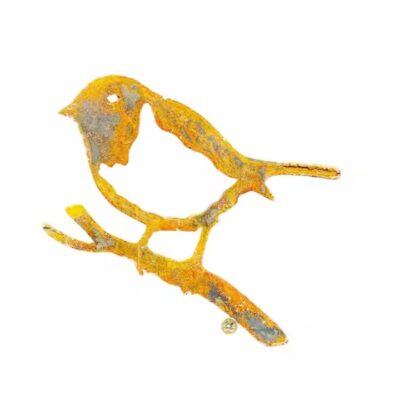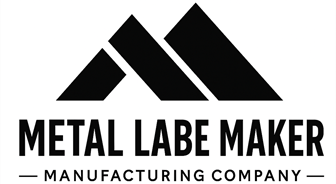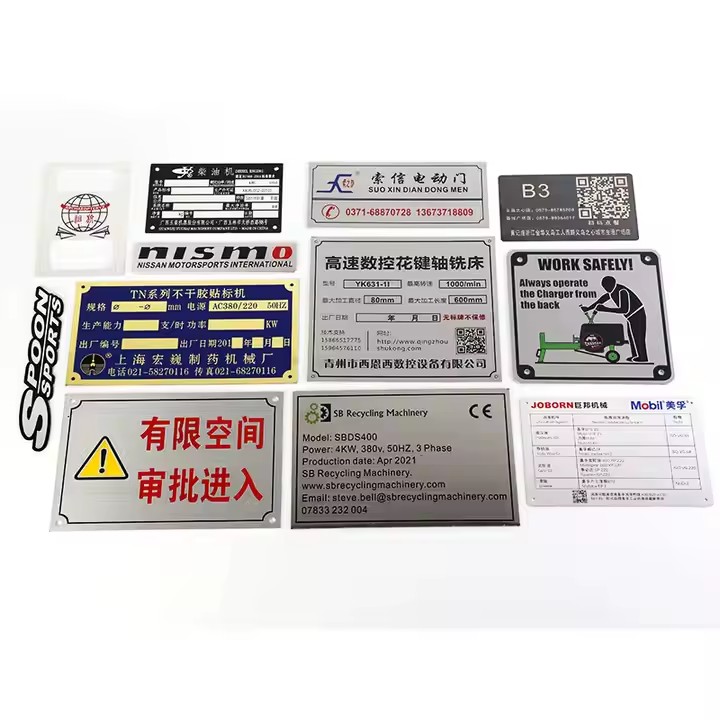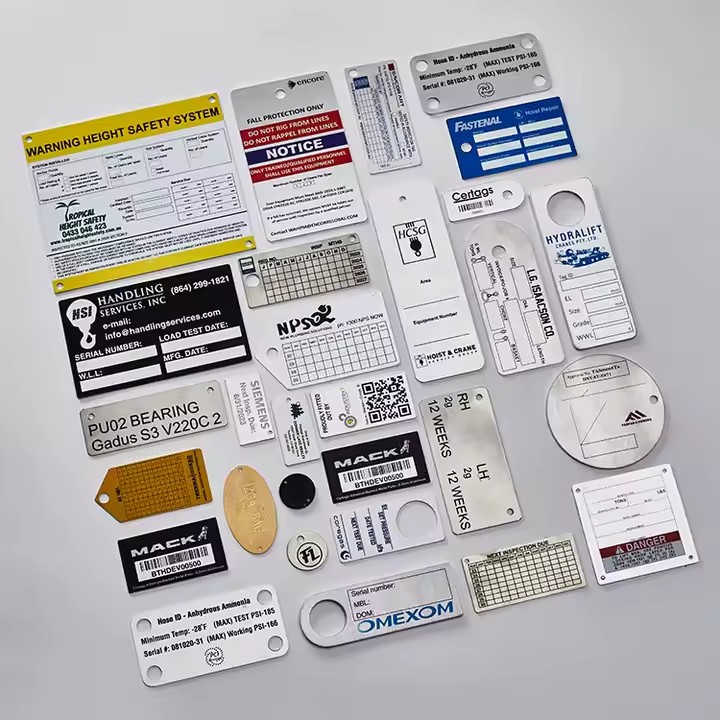Differences Between Metal Plant Labels and Traditional Plant Labels
Introduction
Plant labels are vital for gardeners, nurseries, and landscapers to identify and organize plants effectively. While traditional plant labels made of plastic, wood, or paper have been widely used, metal plant labels have gained popularity due to their enhanced durability and longevity. This article highlights the main differences between metal plant labels and traditional plant labels to help you choose the best option for your gardening needs.
1. Material and Durability
Traditional plant labels are commonly made from plastic, wood, or paper-based materials. Plastic labels are lightweight and inexpensive but can become brittle and fade under prolonged exposure to sunlight and weather. Wooden labels, though more natural-looking, can rot or deteriorate over time, especially in wet conditions. Paper labels are generally used for short-term purposes and are not weather-resistant.
In contrast, metal plant labels are made from durable metals such as aluminum, stainless steel, or brass. These materials offer superior strength, resistance to weather, UV radiation, and physical wear. Metal labels can last for many years without significant degradation, making them ideal for long-term plant identification.
2. Environmental Resistance
Traditional labels often suffer from weather-related damage like fading, cracking, or warping, especially when used outdoors. Plastic can degrade due to UV exposure, wood can absorb moisture and decay, and paper is not suitable for outdoor use.
Metal plant labels withstand harsh environmental conditions, including rain, sun, wind, and temperature fluctuations. They do not fade or crack easily, and certain metals like stainless steel are rust-proof, ensuring reliable performance in diverse climates.
3. Aesthetic and Customization Options
Traditional labels often come in simple designs and colors, with limited customization options. They are typically handwritten or printed but lack the premium appearance that metal labels can provide.
Metal plant labels can be laser engraved, embossed, or printed with precise and permanent markings. They offer a sleek, professional look that enhances the aesthetic appeal of gardens and landscapes. Metals like brass also add a classic, elegant touch.
4. Cost and Sustainability
Traditional labels are generally less expensive upfront but may require frequent replacement due to wear and tear, leading to higher long-term costs and environmental waste.
Metal plant labels have a higher initial cost but offer greater longevity and reusability, making them more cost-effective and environmentally friendly over time.
Conclusion
Choosing between metal plant labels and traditional plant labels depends on your specific gardening needs, budget, and aesthetic preferences. Metal labels are the superior choice for durability, environmental resistance, and long-term use, while traditional labels may be suitable for temporary or budget-conscious applications. Understanding these differences will help you select the best labeling solution for your plants.







